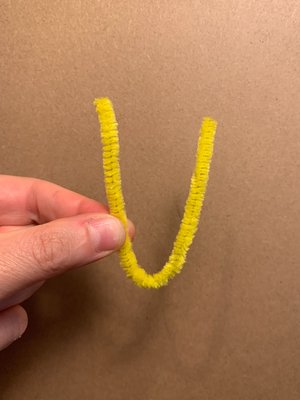Snail Finger Puppets
A snail is never far from home, no matter where they roam. Patch’s new show Home invites children to explore their environment from a different perspective and imagine worlds beyond the familiar.
These learning activities prompt discovery, empathy, problem-solving and imagination.
Activity 1: Snail Finger Puppets
How to:





Reflect & Respond
Activity 2: Homes for Snails
How to:





Notes For Growns-ups
Reflect & Respond
Australian Curriculum Connections
More activities to try

Timelapse Videos
Create your own timelapse video! Timelapse videos are a clever way to quickly show something that takes a much longer time in real life.
Try It
-1668046389.png)

